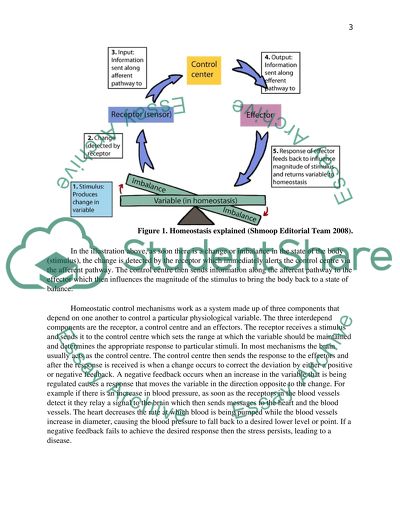Cite this document
(“Homeostatic Mechanisms and Malfunctions Leading to Disorders Essay”, n.d.)
Retrieved from https://studentshare.org/health-sciences-medicine/1480274-homeostatic-mechanisms-and-malfunctions-leading-to
Retrieved from https://studentshare.org/health-sciences-medicine/1480274-homeostatic-mechanisms-and-malfunctions-leading-to
(Homeostatic Mechanisms and Malfunctions Leading to Disorders Essay)
https://studentshare.org/health-sciences-medicine/1480274-homeostatic-mechanisms-and-malfunctions-leading-to.
https://studentshare.org/health-sciences-medicine/1480274-homeostatic-mechanisms-and-malfunctions-leading-to.
“Homeostatic Mechanisms and Malfunctions Leading to Disorders Essay”, n.d. https://studentshare.org/health-sciences-medicine/1480274-homeostatic-mechanisms-and-malfunctions-leading-to.


